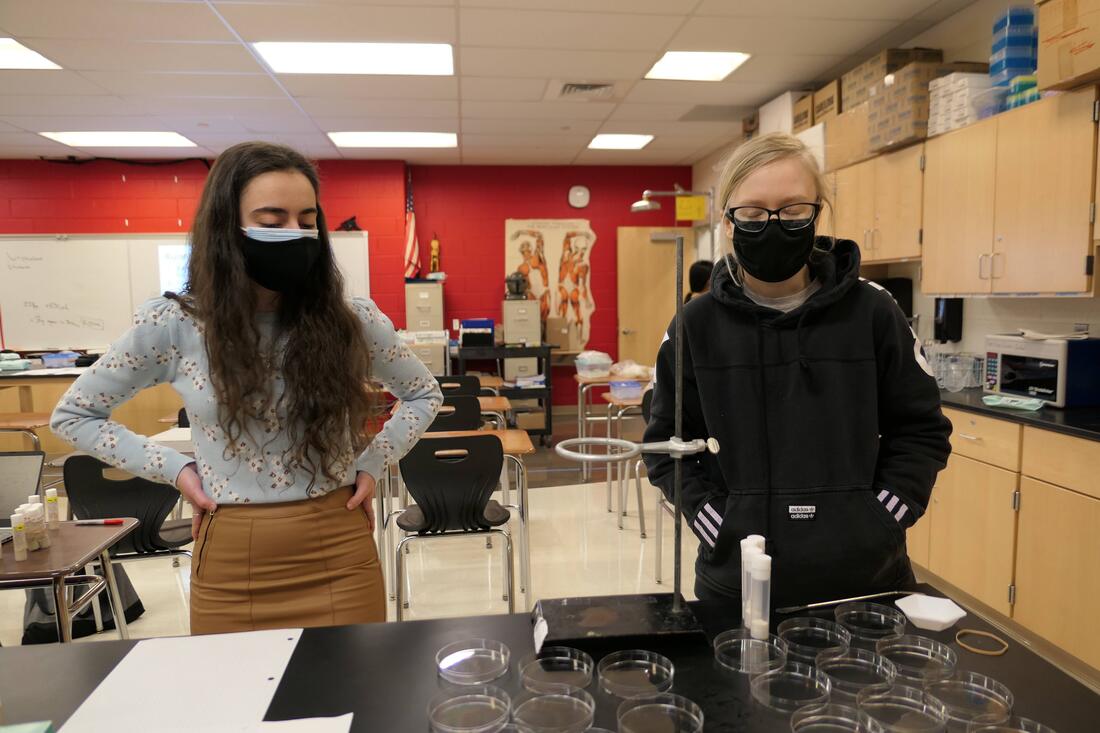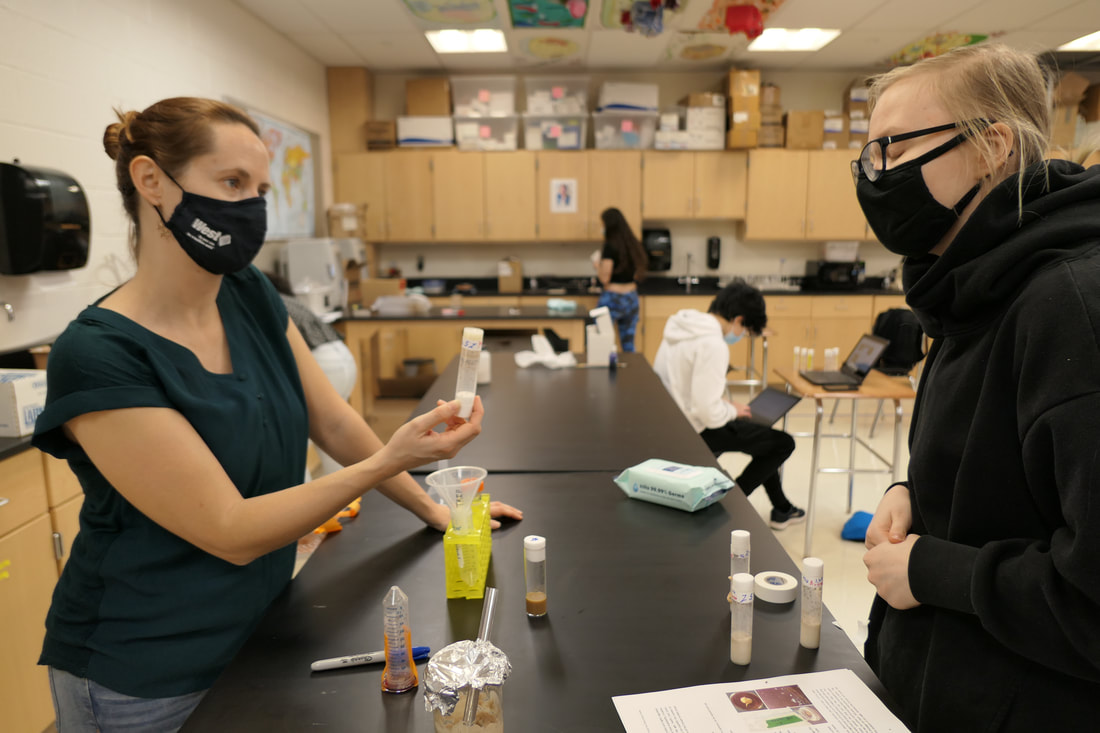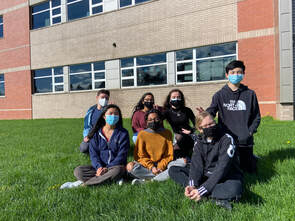 With the final presentation approaching next Saturday, I must admit that the independent part of TRIP ended up so abruptly and unexpectedly. I felt like I was just getting to the interesting part of my research and there is so much more that I would have liked to accomplish in regards to my experiments. I wasn’t expecting to miss it, but here I am reflecting back and wishing that this program lasted for, at least, a few more weeks. I will miss the environment of focused study and atmosphere of constant scientific curiosity that was instilled in this independent research project. My project centered around potential developmental and fertility-related issues appearing as a consequence of the pesticide 2,4-D intake. My justification for the project was utterly simple: for how popular the application of this product is, there’s just not a lot of decisive research about the consequences of using it. In the end, while the results didn’t end up being nearly as ultimate and dramatic as I expected, they were clear enough to prove my hypothesis which can be overgeneralized into a simple “pesticide = bad.” While my somewhat slow immersion into the atmosphere of the independent project (due to a few missed Saturdays at the beginning of the project) certainly added to my stress of trying to catch up and stay on the same page as everyone else, by the end of the research I quite successfully adapted to the process of laboratory work, having mastered all the necessary skills required for efficient lab work. I gathered the skills I never thought I needed, yet didn’t regret having. As a consequence of the lab experiment, I mastered the work with larvae and all of the accompanying minute brush-manipulations, made more than 50 agar plates and some grape plates, and figured out how to identify the female fruit flies from the male ones. Yet one of the toughest procedures that I had to get used to by far was transporting flies from one vial to another with the tunnel and tapping (no ice baths and no CO2). This process required good timing and, I would say, some level of bravery in order to get the plug out and flip the vial without losing any precious flies. Yet the fact that even this procedure became somewhat mundane to me by the end of the project just goes to show how much progress was achieved over the course of this program (my crazy nonsensical theory is that the fruit flies, just like dogs, can sense fear and shaky hands of the uncertain experimenter; so, as I became less intimidated by the possibility of losing my experimental subjects, the lesser number of flies were lost).
0 Comments
Your comment will be posted after it is approved.
Leave a Reply. |
Archives
April 2024
Categories
All
|




 RSS Feed
RSS Feed